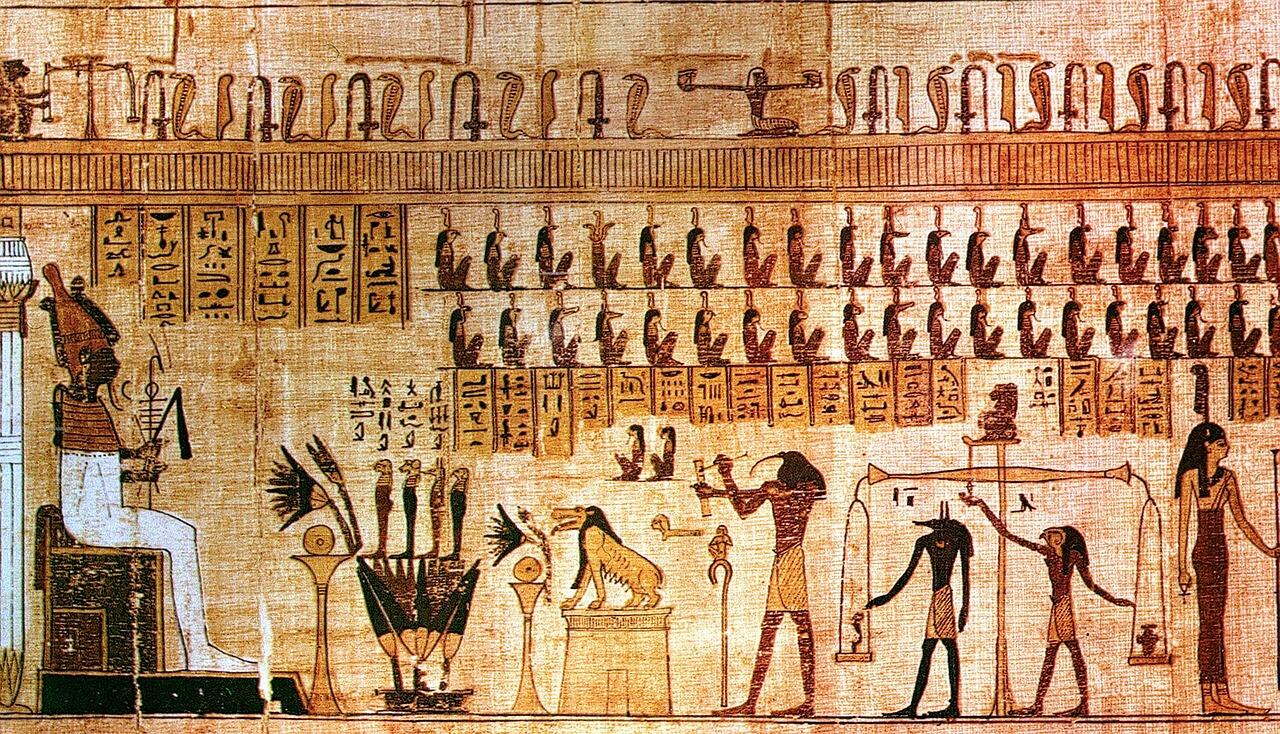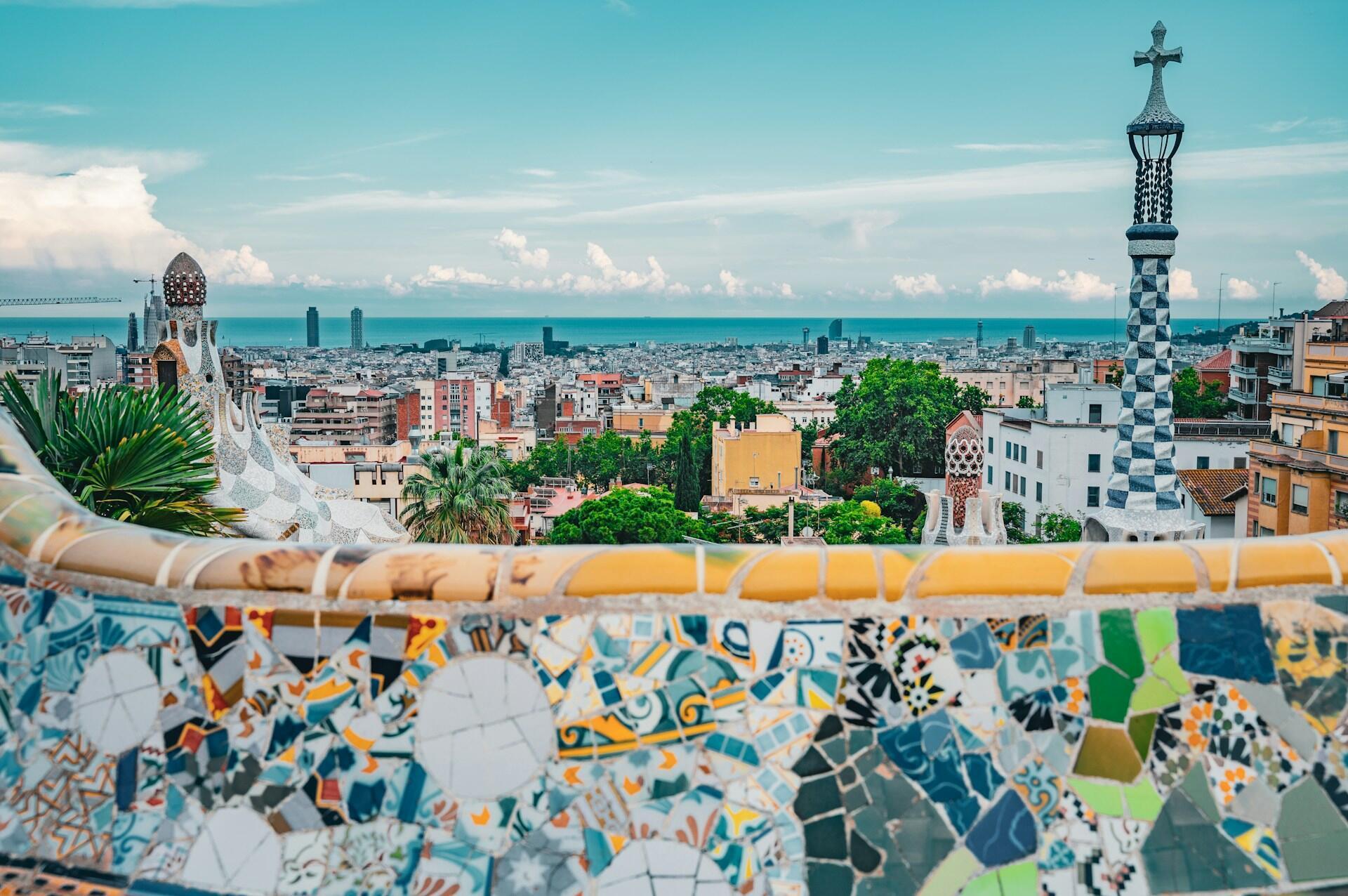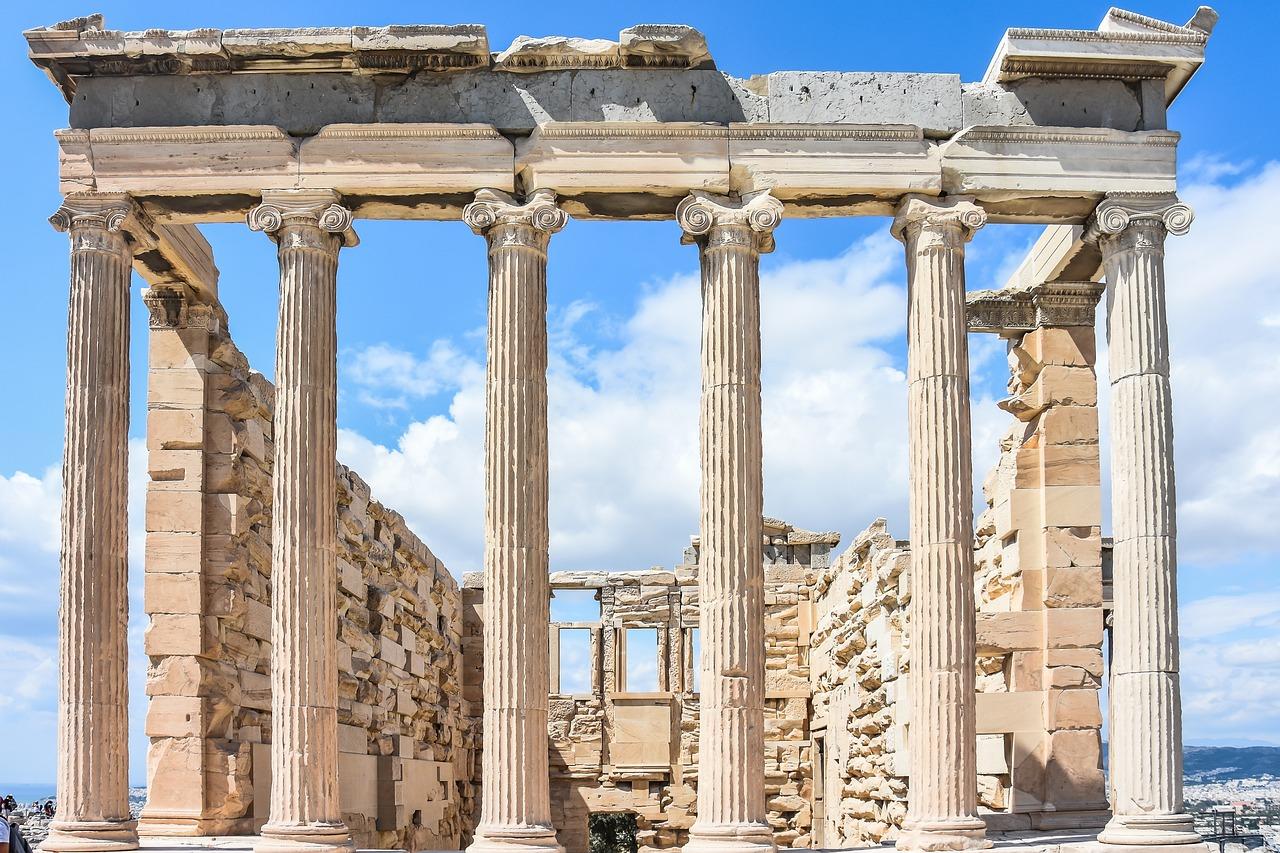There is no doubt that Ancient Egypt is one of the most fascinating civilisations in human history. With its towering pyramids, a culture deeply steeped in spirituality, a marvellous writing system, and an array of legendary historical and mythological figures, the Egyptian civilisation has continued to inspire scholars and the curious for millennia. From Ra, the sun god, to Anubis, the guardian of the afterlife, to the historical figures of Cleopatra and Rameses II, Ancient Egypt offers a complex and fascinating world of deities, symbols, and rituals that, even today, have not ceased to amaze us.
This quiz is designed for anyone who wants to explore their knowledge about Ancient Egypt, testing their understanding of this extraordinary civilisation. It is an ideal opportunity to discover how much we really know about the mysteries of a culture that shaped our collective imagination. From the evolution of sun worship to burial structures, we will dive into the details of a world that left an indelible mark on history. Ready? Here we go!
Quiz
Quiz :Myths and the Great Egyptian Gods
Egyptian religion was complex, and its pantheon was populated by numerous gods, each representing an aspect of life, nature, or the afterlife.
Egyptian religion was complex, and its pantheon was populated by numerous gods, each representing an aspect of life, nature, or the afterlife.
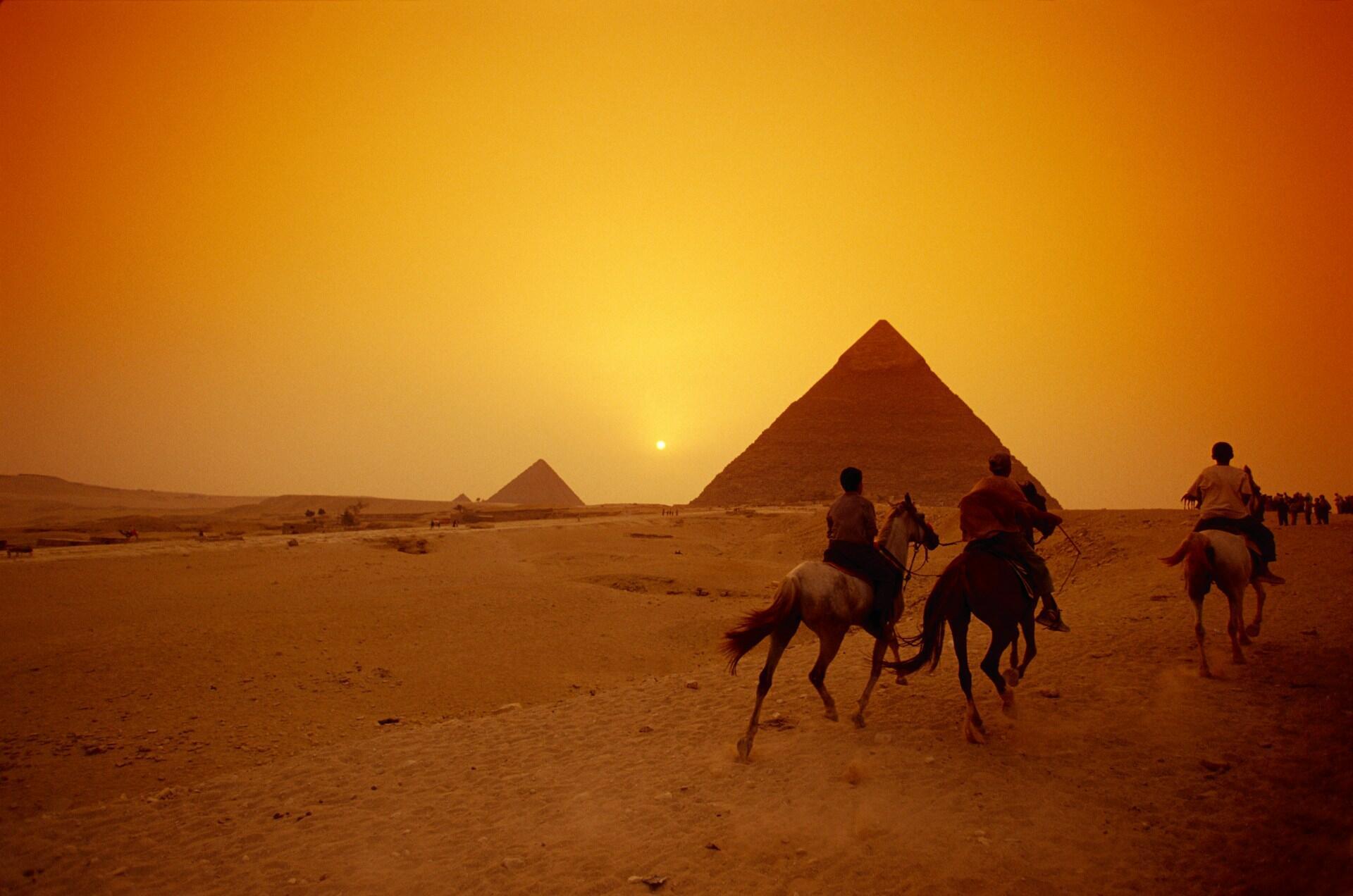
This plurality of deities made Egyptian worship extremely varied, as each god played a specific role in the society and spiritual life of the ancient Egyptians.
Ra
Osiris
Anubis
Three of the most influential deities there were Ra, Osiris and Anubis, known as the triangle of divine power, each associated with a key element of Egyptian religion.
- Ra, the sun god, was considered the creator of everything and embodied the life force of the sun, which travelled across the sky each day and during the night descended into the underworld to combat dark forces. His figure was so important that many pharaohs incorporated “Ra” into their name to emphasise their own connection with this divine force.
- Osiris, on the other hand, represented the god of rebirth and fertility, ruler of the world of the dead and judge of souls. His story is linked to the mythology of death and resurrection, in which he is killed by his brother Seth and then brought back to life through his wife Isis. The Osiris myth symbolically represents the cycle of life and death, as well as the theme of regeneration that deeply characterised Egyptian religion.
- Anubis, the god of mummification and guardian of necropolises, was the guide of souls in the afterlife. Often depicted as a jackal-headed figure, Anubis represented protection and respect for the deceased. His presence during the mummification process symbolised the transition to eternal life, an essential component of Egyptian spirituality.
Akhenaten and the Cult of Aton: The Religious Revolution
One of the most controversial figures in Egyptian history was Pharaoh Akhenaten, who revolutionised the religious system by replacing traditional polytheism with the exclusive worship of Aton, the solar disk. This radical move drastically changed the religion, art, and culture of the time, shifting the emphasis from the multiplicity of gods to a single central deity. The city of Amarna, built to be the centre of Aton worship, was abandoned upon Akhenaten's death, marking the failure of this monotheistic vision. However, the influence of his reform remained a symbol of innovation and change in the Egyptian religious landscape.

Symbolism, Monuments and Cultural Heritage of Ancient Egypt
Ancient Egypt is also known for its spectacular monuments and the deep symbolism behind artefacts large and small that have come down to us, from everyday objects to pyramids. The latter, for example, were not simply tombs but true physical representations of a complex cosmology designed to ensure the immortality of the pharaohs and their passage into the afterlife. Each monument was imbued with symbolic meanings that reflected the Egyptians' vision of the world and life after death.
The Pyramids of Giza and the Valley of the Kings: The Tombs of the Pharaohs
The Pyramids of Giza, built for the pharaohs of the 4th Dynasty, are among the most iconic structures ever built. The Great Pyramid of Khufu (or Cheops) represents one of the pinnacles of ancient Egyptian
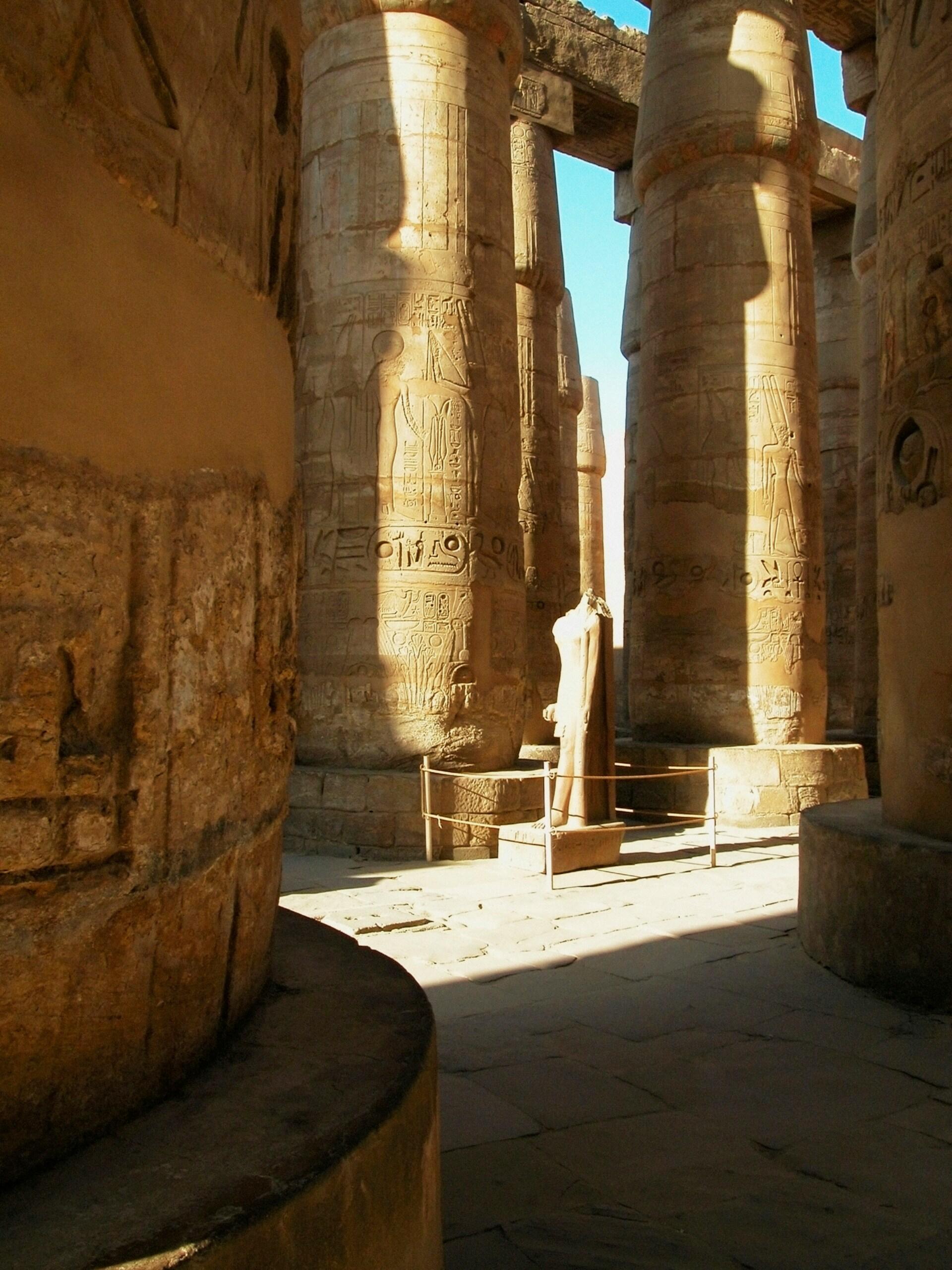
The pyramid, precisely oriented and built of limestone and granite blocks, symbolised the ascension of the pharaoh's soul to heaven and his union with the gods. In the New Kingdom, pharaohs chose to be buried in the Valley of the Kings, near Thebes, in richly decorated rock-cut tombs. Here we find the tomb of Tutankhamun, the young pharaoh who became famous for the magnificent treasure discovered almost intact in the 20th century.
The Valley of the Kings was not only a burial place, but also a place of veneration and spiritual preparation, a place where pharaohs could await rebirth and entry into the afterlife.
Symbols of Eternity: Ankh, Scarabs and the Book of the Dead
The ancient Egyptians were fascinated by the concept of eternity, which was reflected in many symbols and ritual objects. The ankh, also known as the “key to life,” represented eternal life and the continuity of existence. Often depicted in the hands of deities, it symbolised the power of the gods to bestow life and immortality.
Scarabs, symbols of rebirth and regeneration, were widely used as protective amulets. In Egyptian mythology, the scarab was associated with the god Khepri, who represented the rising sun and the continuous cycle of creation.
Finally, the Book of the Dead was a collection of spells and prayers to help the deceased on their journey to the afterlife. This ancient text was considered a guide for navigating through the dangers of the realm of the dead, and represented a kind of “spiritual manual” that accompanied souls to eternal life.
Will you be able to earn the title “Keeper of the Pyramids”? Or will you find that you are still a “Neophyte of the Egyptian mysteries,” with much to learn? Whatever the outcome, this quiz will allow you to immerse yourself even further in a civilisation that shaped ancient history and continues to inspire scholars and enthusiasts around the world.
Whether you are a curious neophyte or an expert in Egyptian history, this quiz will be a journey through the sands and mysteries of Ancient Egypt. Good luck, and may the gods of the Nile be with you!


